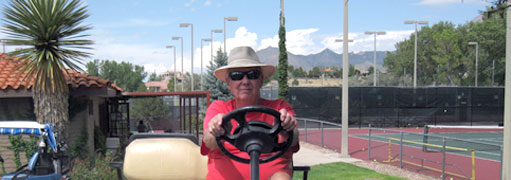An Uphill Battle: The Winners And Losers Of Women’s Tennis Confront The Climb
Winners And Losers Confront The Climb


Dave Smith, king of the Tanoan hill
Toby Smith
Latest Article|September 3, 2020|Free
::Making Grown Men Cry Since 1992


Dave Smith, king of the Tanoan hill
Toby Smith

